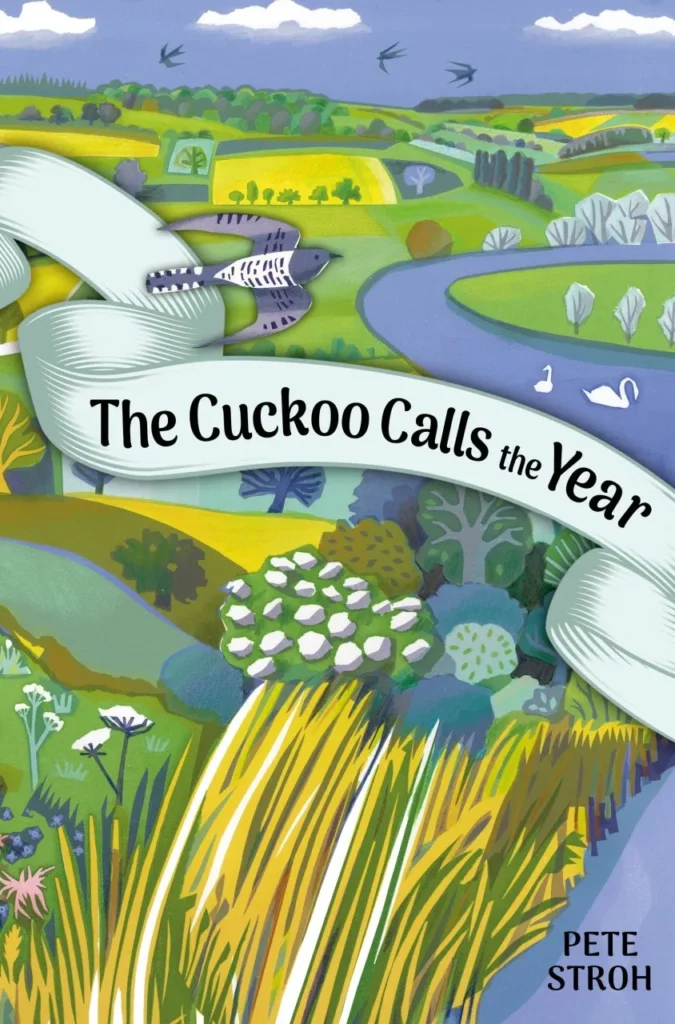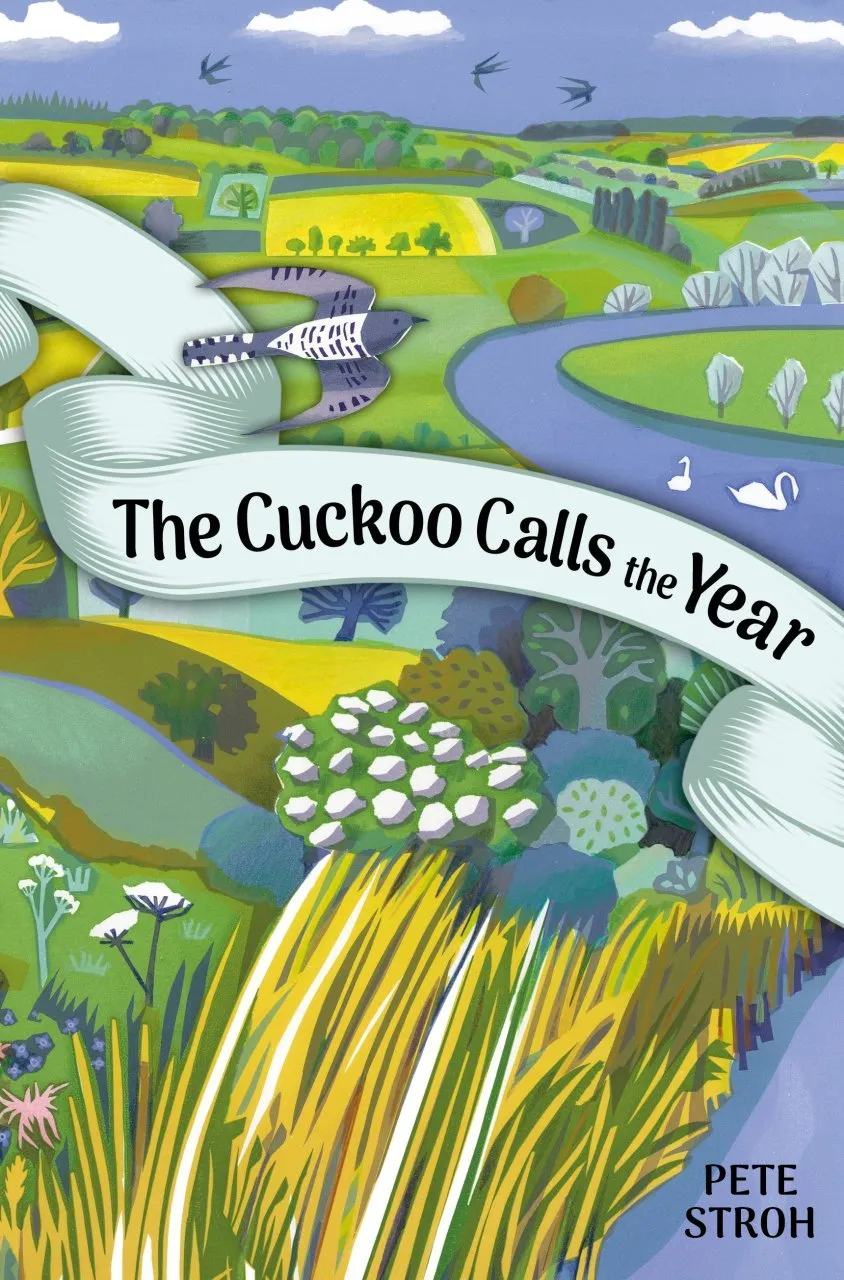As the Scientific Officer of the Botanical Society of Britain and Ireland, Pete Stroh is no stranger to noticing, and reporting, the difficulties experienced by the British flora. But here he has a more optimistic goal: to spend a year ‘discovering what grows and hunts and flies and sings within walking distance of your home’. Something that, as he rightly notes, ‘has the potential to enhance your life, and change our world’. In practice he restricts himself to his local parish in Northamptonshire, and also permits the occasional use of a bicycle. He also resolves to jettison negativity and to focus on celebrating what is there, rather than lamenting what is not, or what used to be.
Doing anything for a year requires a starting point, and Pete chooses to begin with the first Cuckoo of the year (19th April), and to end with the first cuckoo of the following year. In fact, the book ends with that rarity, an actual sighting of a Cuckoo. On the subject of birds, he also has some good advice on locating rare birds: look for the crowd of twitchers.
As a paid-up naturalist of long standing, Pete often knows where the good stuff is. He knows where to find the local Glow-worms, the Purple Emperor butterflies, the ancient meadow with hundreds of Green-winged Orchids. But even better are the completely unexpected encounters: a pair of Fox cubs, only a couple of weeks old; a Harvest Mouse nibbling on an ear of wheat; the sudden booming call of a Bittern; the waxcaps just over the fence at the end of his own garden.
Just occasionally, Pete-the-botanist gets excited about something that the rest of would not even notice, and would strive to care about if we did. For example, ‘a large patch of wood barley, a sign of quality and an excellent indicator of ancient woodland’. But only occasionally; most of the time no great expertise is either assumed or required, and indeed Pete is quite honest about his limited knowledge of invertebrate taxonomy: Blackthorn flowers attract ‘a few insects that I recognise and a multitude of others that I do not’.
Now and then, we also get an insight into his inner thoughts. Contemplating a swarm of St Mark’s Flies, and noting that the males have the remarkable ability to look in two directions at the same time, their eyes divided into upper and lower parts with separate connections to the brain, he wonders if natural selection, driven by the toll taken by trying to cross busy roads while simultaneously browsing Instagram, might eventually lead to a race of humans with the same ability.
In short, Pete finds that rural England is still full of life for those prepared to look for it, or simply to keep their eyes open. Noticing that may not change the world, but I guarantee it will enhance your life, as will reading this book.


